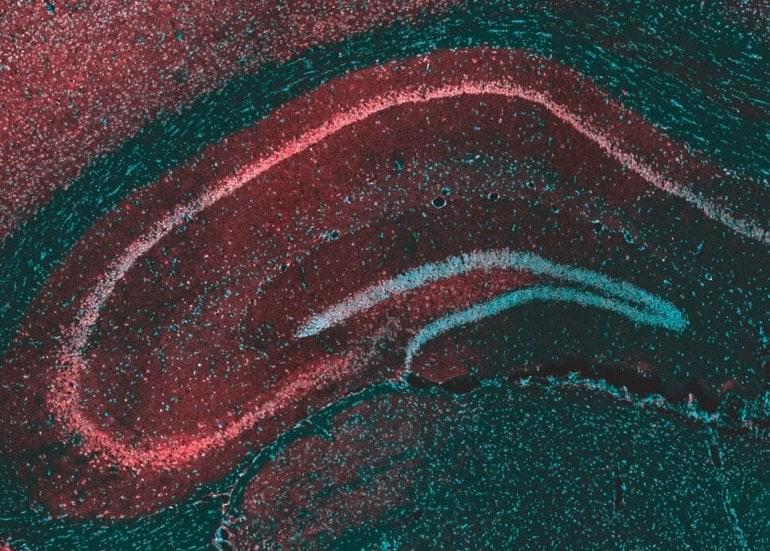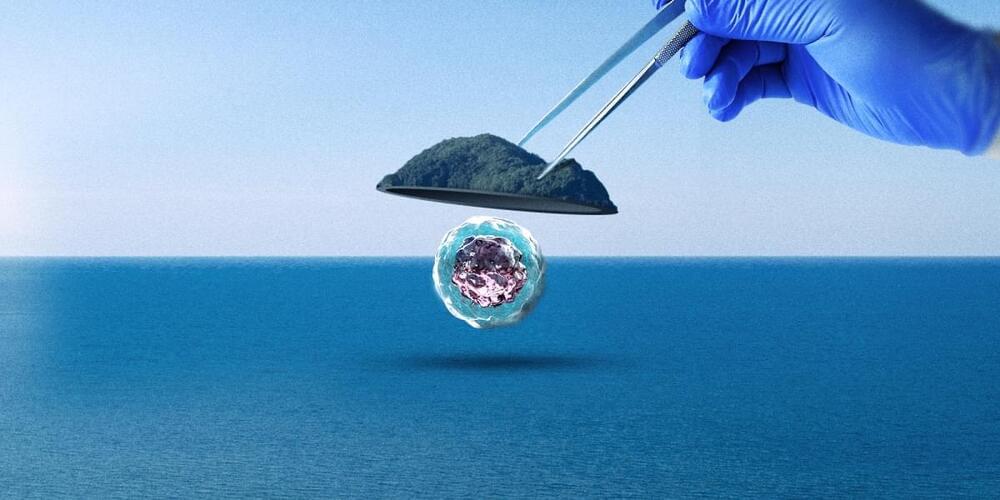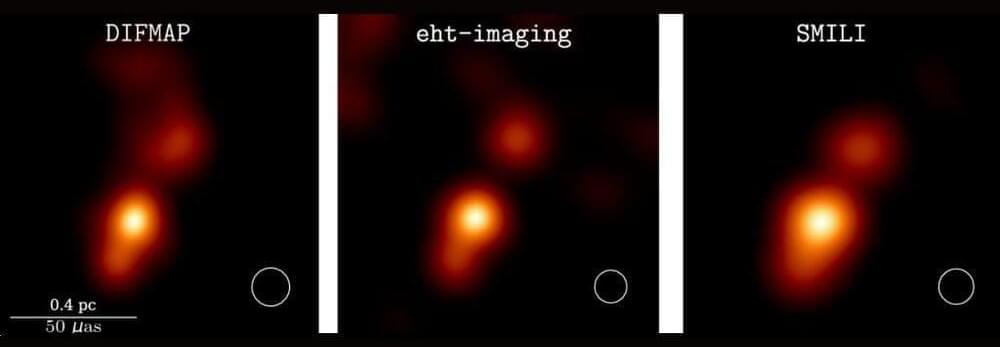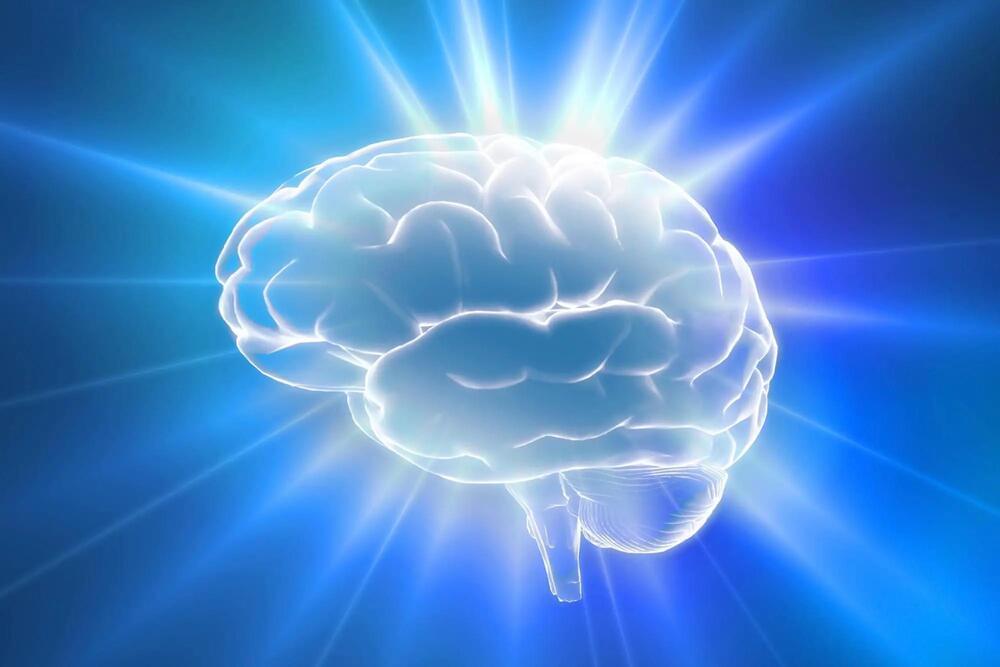Feb 14, 2023
Some Meta employees are getting paid to do ‘zero work’ as the company embarks on a ‘year of efficiency’: Financial Times
Posted by Daniel Sunday in category: futurism
The tech giant — which laid off 11,000 people in November and promised that 2023 is to be a “year of efficiency” — is gearing up for a new round of layoffs that might be wreaking havoc with some of the teams’ productivity, the Financial Times reported on Saturday, citing two employees familiar with the situation.
There’s been a lack of clarity about some budgets — which would typically get finalized by the end of the year — and future head count in recent weeks. Hence, projects and decisions that typically take days to sign off are taking up to a month, the Meta staffers told the FT.
That has caused some staff to do “zero work” because managers have not been able to plan their schedules.


















